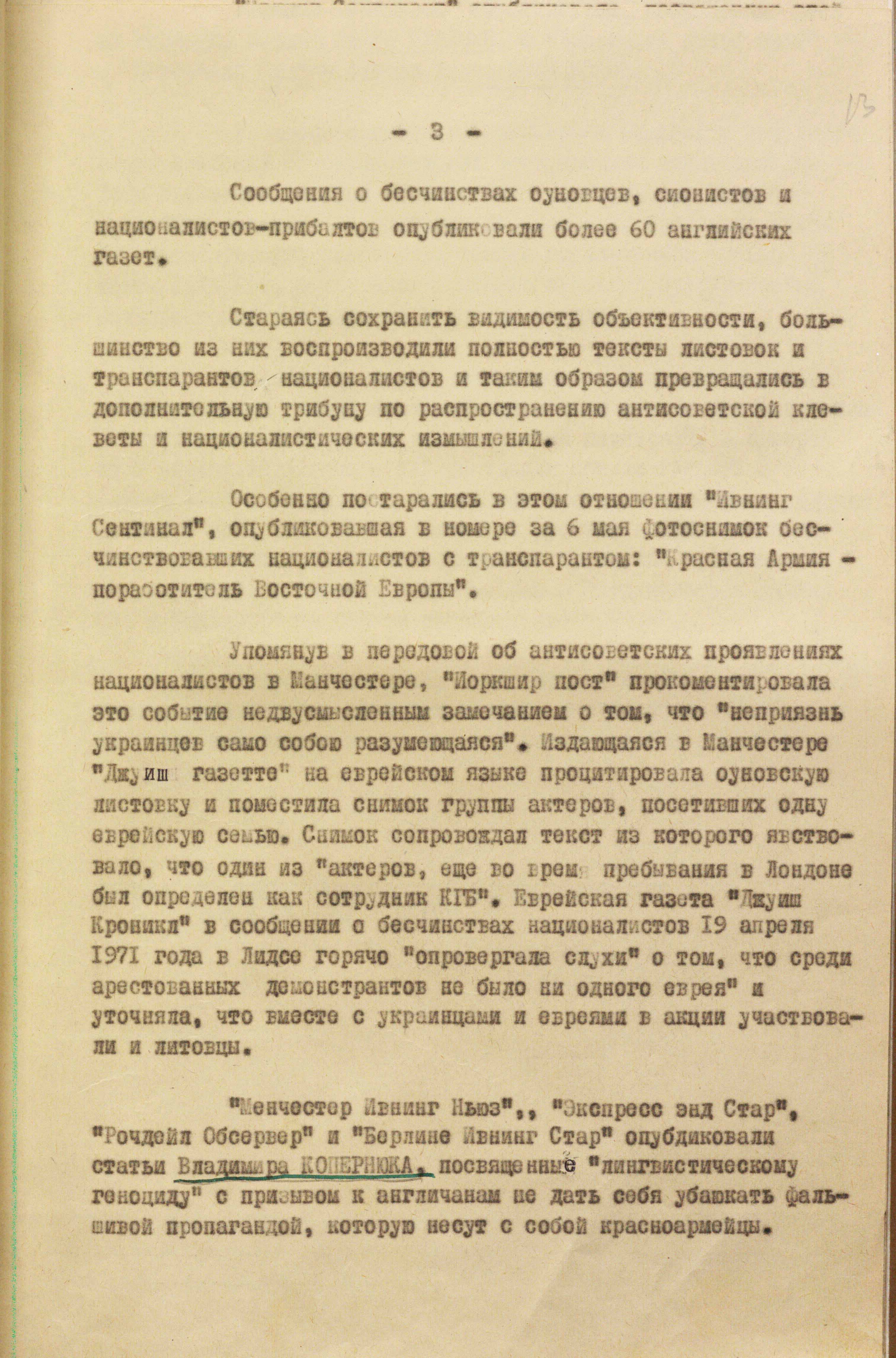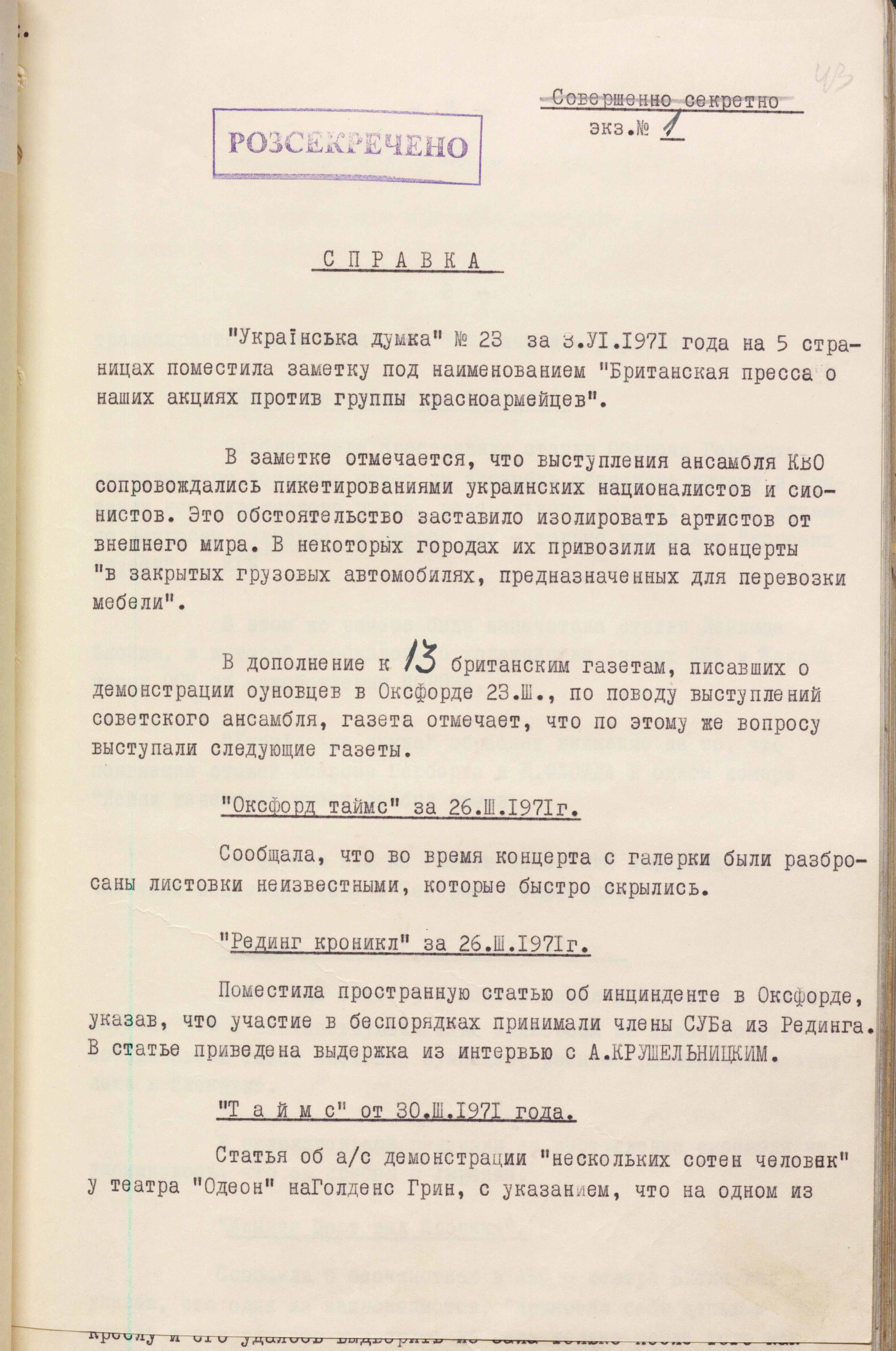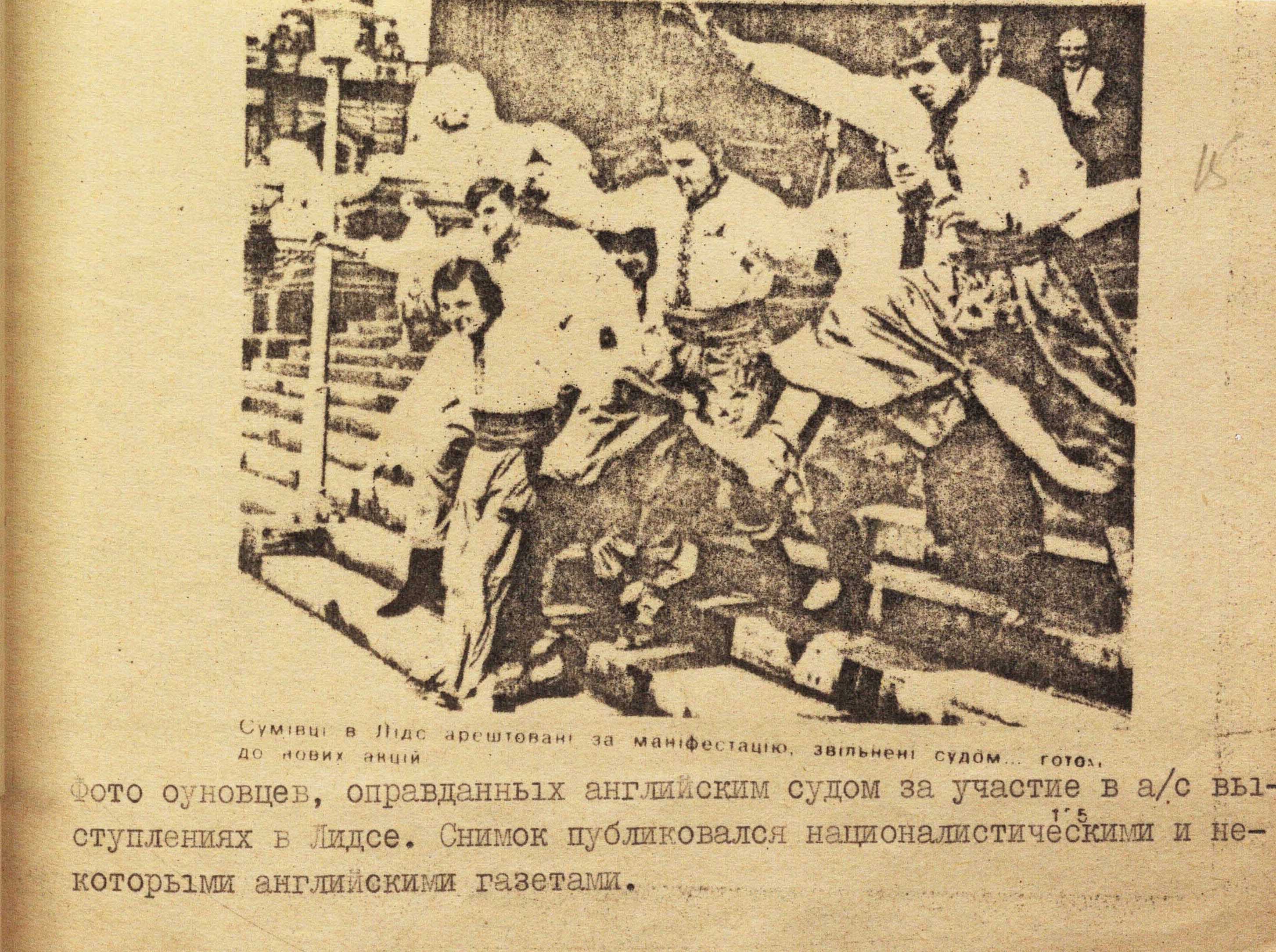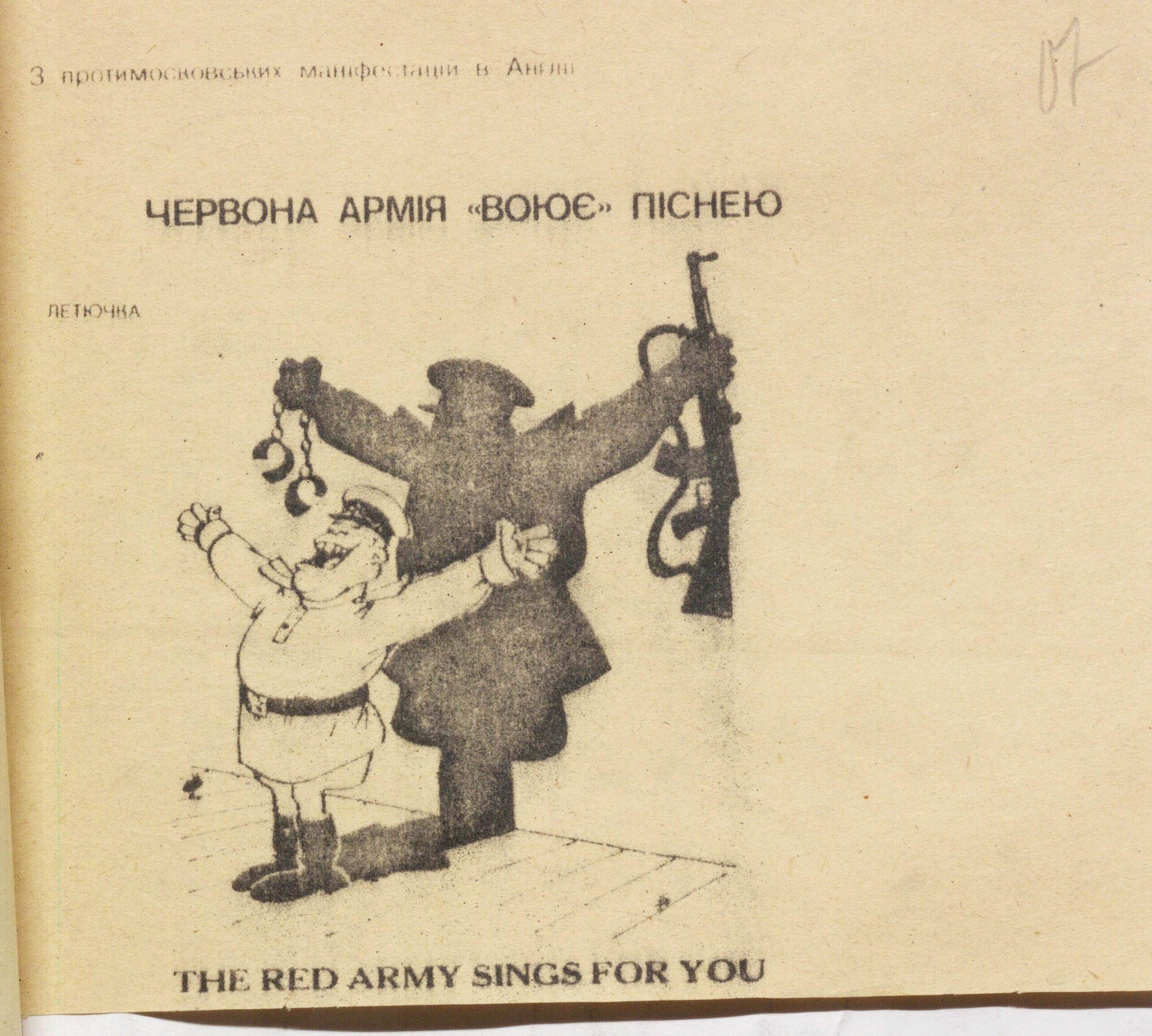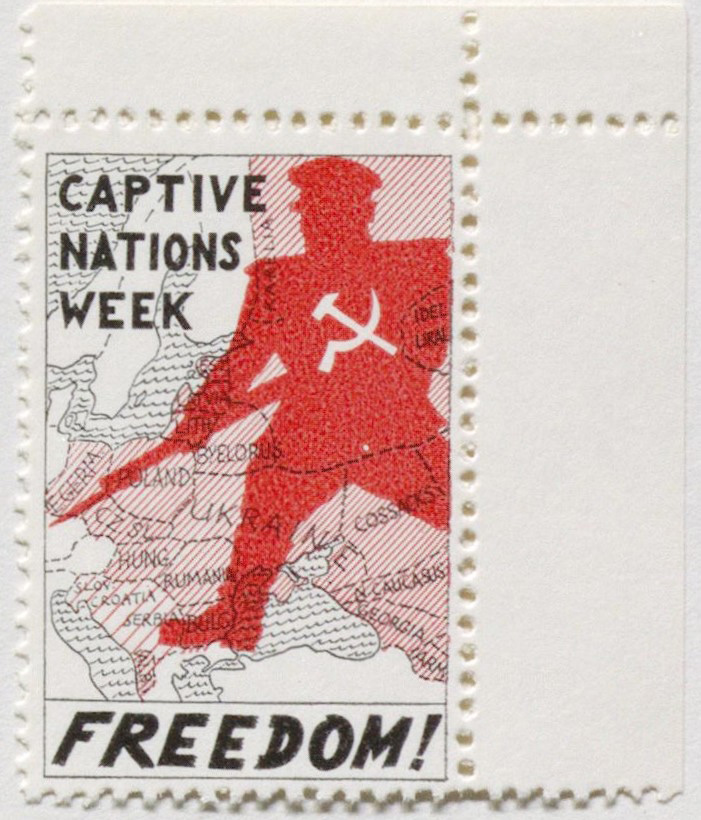“Against the red army That Weaponized Songs”
9/21/2025
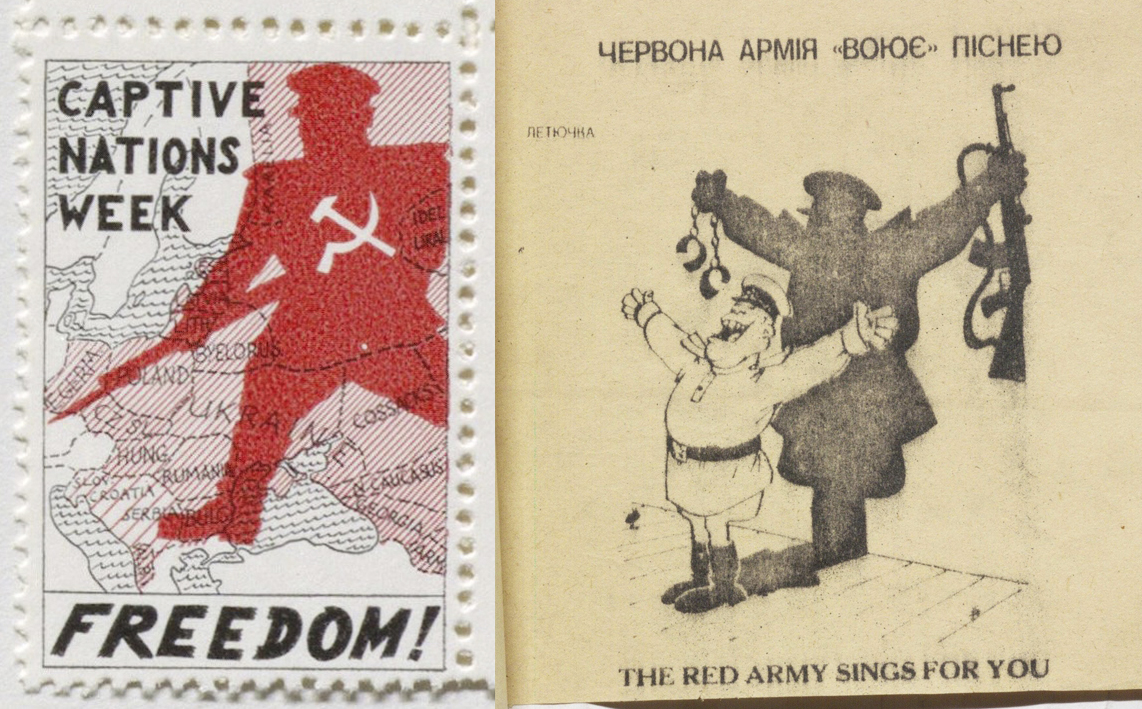
In the spring of 1971, many residents of Great Britain were completely surprised when representatives of Ukrainian émigré organizations staged protests against the tour of the Kyiv military district song and dance ensemble in virtually every city in Foggy Albion. The explanation was found in publications in the English press. Members of the Soyuz Ukrainskoi Molodi – SUM (Ukrainian Youth Association) who were detained during the protests told journalists that they were against the red army fighting with songs and conveying false ideas about the military successes and military policy of the ussr to European audiences. Evidence of those events was found among declassified documents in the archives of the Foreign Intelligence Service of Ukraine.
The kgb’s report to the council of ministers of the Ukrainian ssr states that in March–April 1971, the song and dance ensemble of the Kyiv military district toured Great Britain. However, the tour was marred by numerous protests in virtually all cities—London, Manchester, Liverpool, Leeds, Rochdale, Birmingham, Oxford, Blackpool, and Sheffield. The protests involved not only representatives of Ukrainian organizations, but also those from the Baltic states and other countries.
“The nationalists’ actions,” the report says, “took the form of picketing the venues where the concerts were held, distributing anti-soviet leaflets calling for a boycott of the performances of the group representing the ‘army of occupiers’, and also aimed to mobilize the public to defend ‘intellectuals repressed in the ussr for political reasons’.” (FISU – F.1. – Case 12568. – Vol. 1 – P. 11).
As noted in the kgb report, protesters in Oxford threw anti-soviet leaflets from a balcony. In the Blackpool concert hall, one of the protesters chained himself to a chair and was only removed from the hall after a police officer managed to break the chain. In Manchester, several members of the Ukrainian Student Union stood up during the intermission and sang “Ukraine Has Not yet Died...” while others held banners with anti-soviet slogans. After they finished singing, they demonstratively left the hall.
During the protests, a leaflet was distributed with the inscription “The red army uses songs as weapons” and a corresponding cartoon (preserved among the documents). Along with this, the case file contains a stamp of the Anti-Bolshevik Bloc of Nations on the same theme, depicting a red army soldier with his boot standing on a map of Europe and his bayonet pointed towards Germany and France.
In Leeds, 10 members of the SUM were arrested for their active participation in the protests. The report points out that they were soon acquitted by the court and released. Among the documents there is a clipping from a Ukrainian émigré newspaper with a photograph showing the released young men in national costumes. It is reported that this photo was published by several British newspapers. In general, it is stated that “reports of riots by OUN members, Zionists, and Baltic nationalists were published by more than 60 English newspapers”.
As a result, the event caused quite a stir and attracted attention. The kgb complained that British journalists, for the sake of objectivity and to ensure that readers understood the essence of the protests, published the full texts of the leaflets and slogans. This allegedly “spread anti-soviet slander and nationalist fabrications”. In particular, the “Evening Sentinel” newspaper published a photo of protesters with a banner reading “red army – Enslaver of Eastern Europe” in its May 6, 1971 issue. The “Jewish Gazette” published a photo of the ensemble’s artists, one of whom was identified as a kgb employee. The “Times” wrote about several hundred protesters outside the Odeon cinema in Golden-Green.
At the same time, a number of newspapers published articles by Ukrainian authors (Volodymyr Koperniuk, Olha Fedechko, Maria Volchanska) calling on the British not to be lulled by false propaganda about the red army. Emphasis was placed on the fact that it was not appropriate for artists to sing the praises and glorify, and European listeners should not applaud the army which had caused so much grief to the Ukrainian people, occupied the Baltic states and part of Poland, waged war on Finland and occupied part of its territory, and, after World War II, used tanks to suppress the aspirations of the people of Hungary and Czechoslovakia to develop through democratic reforms.
The report also analyzes Ukrainian newspapers’ publications on this topic. In particular, it mentions that “Ukrainska Dumka” published a long article entitled “The British Press on Our Actions Against the red army Group”. It stated that the protests “forced artists to be isolated from the outside world. In some cities, they were brought to concerts in covered trucks designed for transporting furniture” (FISU – F. 1. – Case 12568. – Vol. 1 – P. 43).
In general, this episode in the activities of Ukrainian émigré organizations in Great Britain showed that Ukrainians abroad were free from the stereotypes and myths about the red army that soviet propaganda spread throughout the world in an attempt to convince people of its peacefulness and non-aggression towards foreign territories. They called for people not to forget history and all past events, to be vigilant, and to always remember the imperial and aggressive nature of the kremlin leadership.
